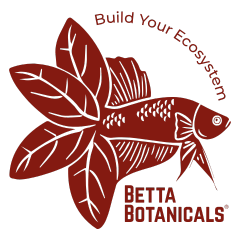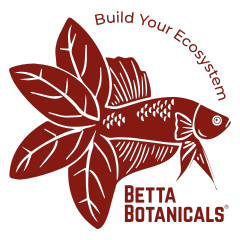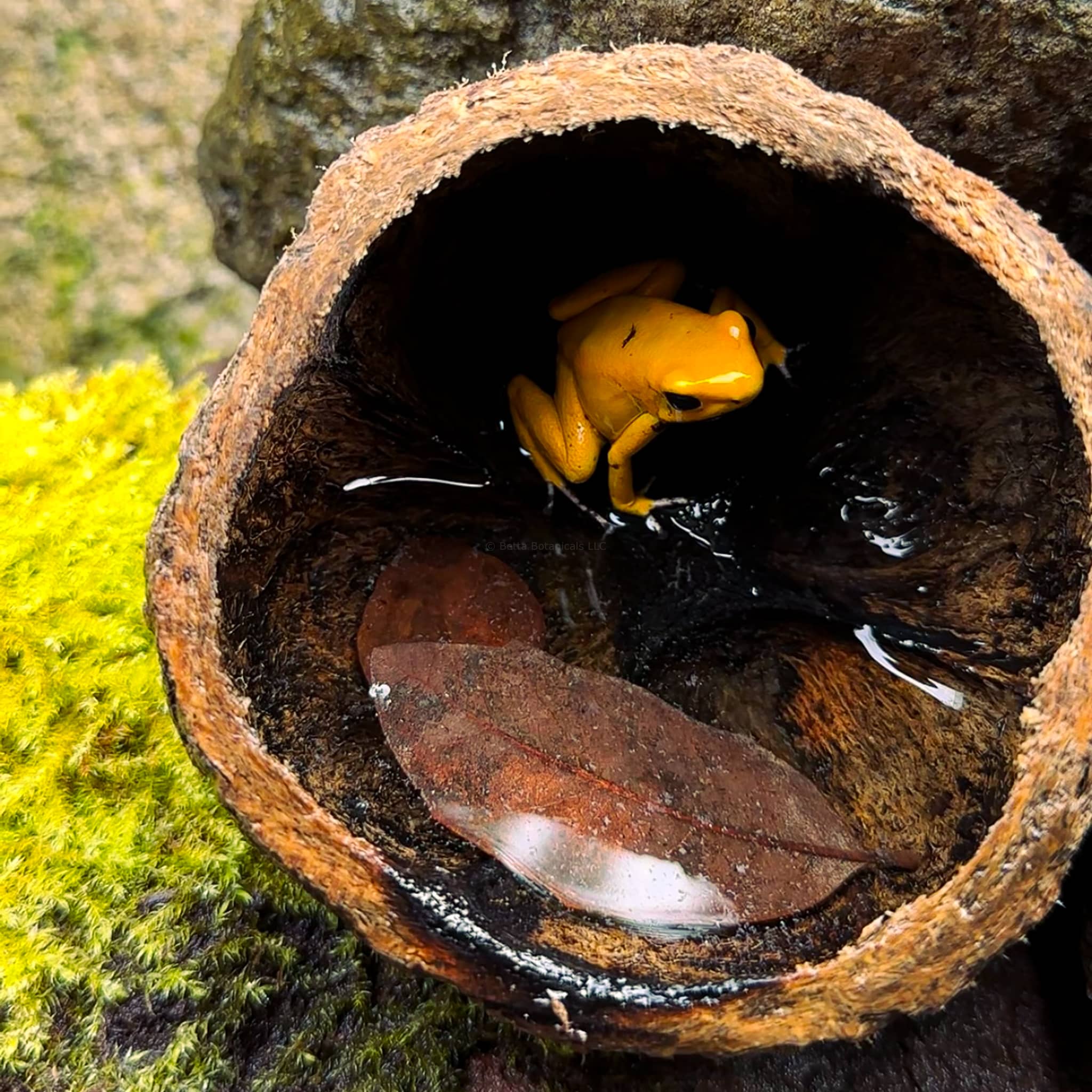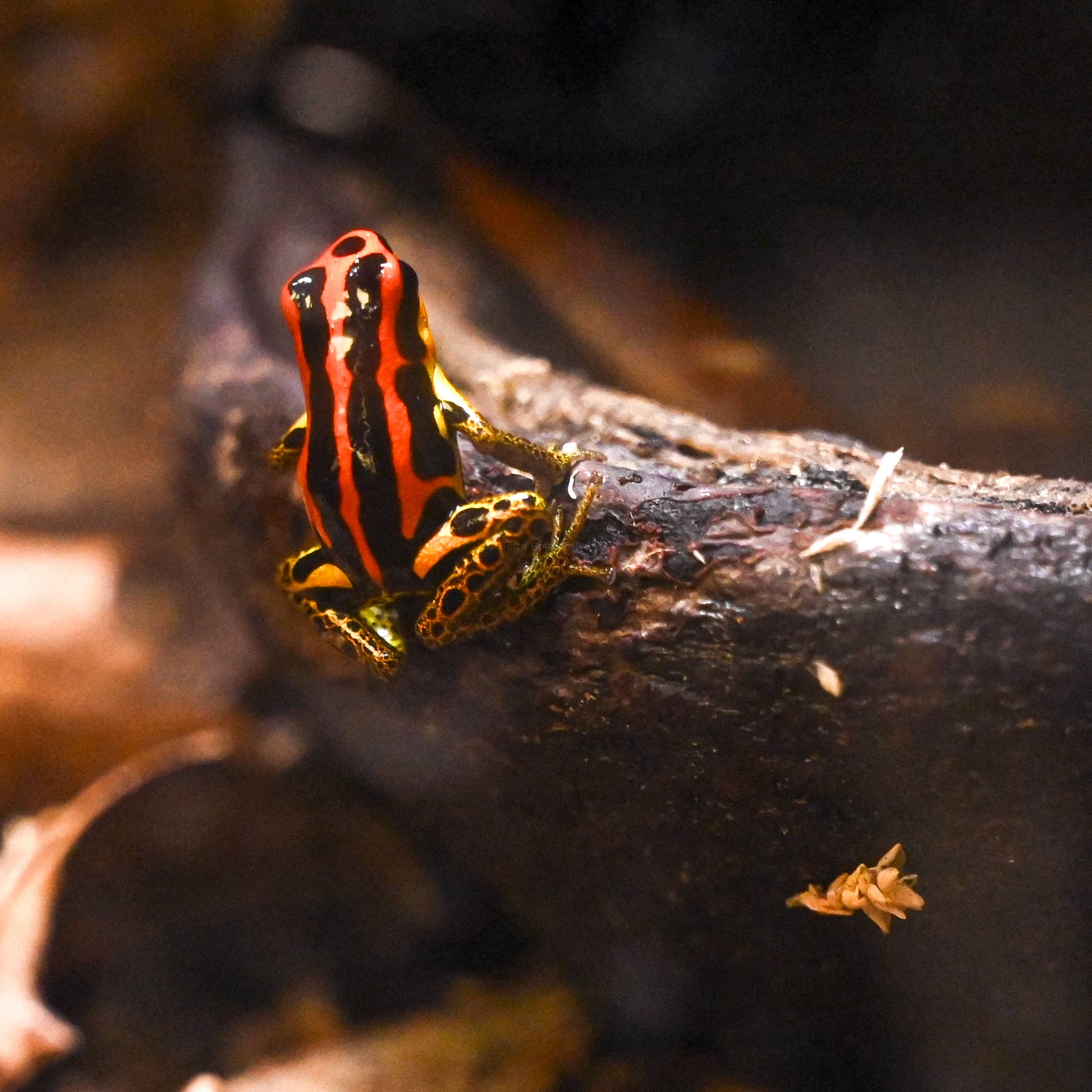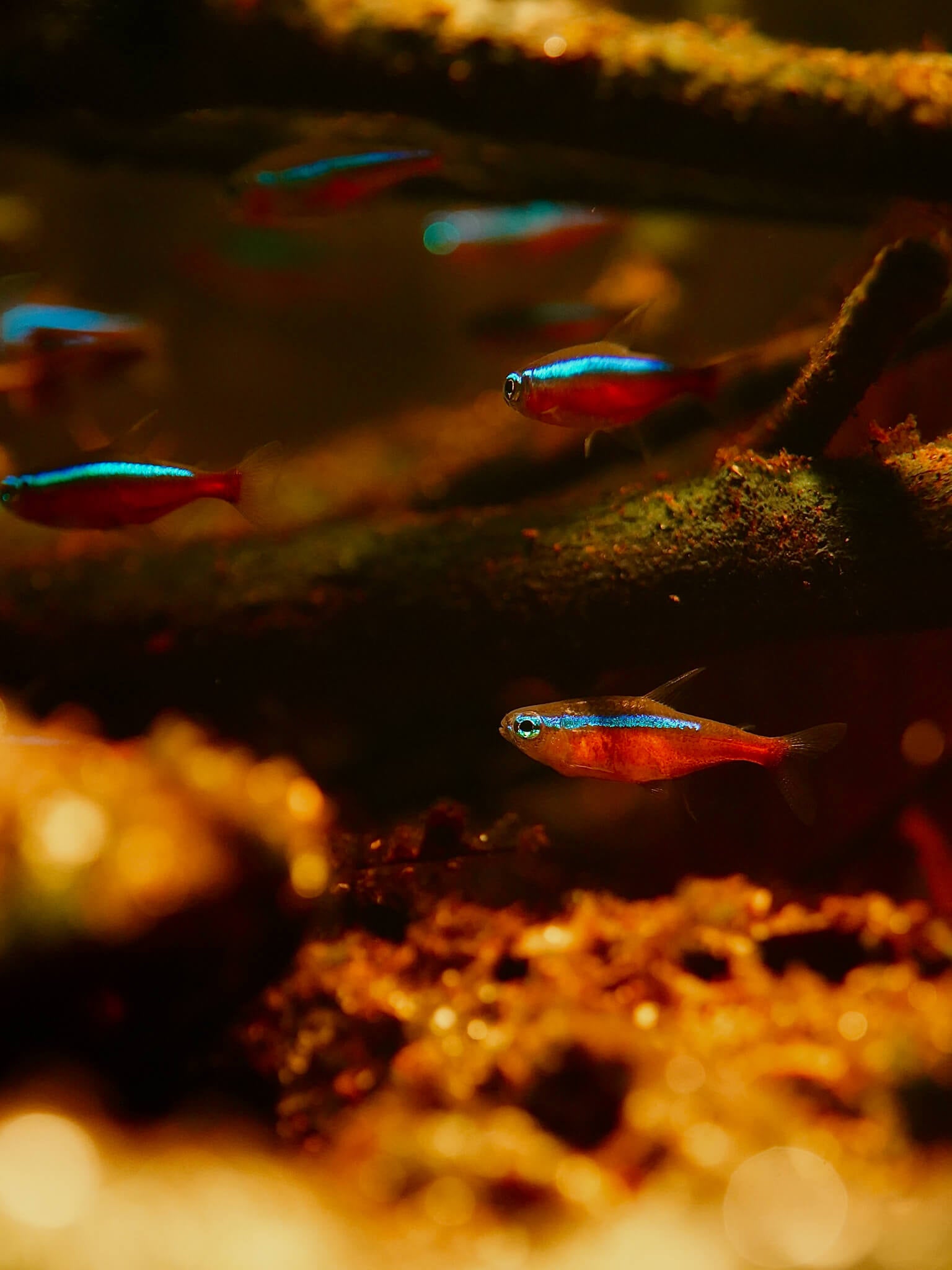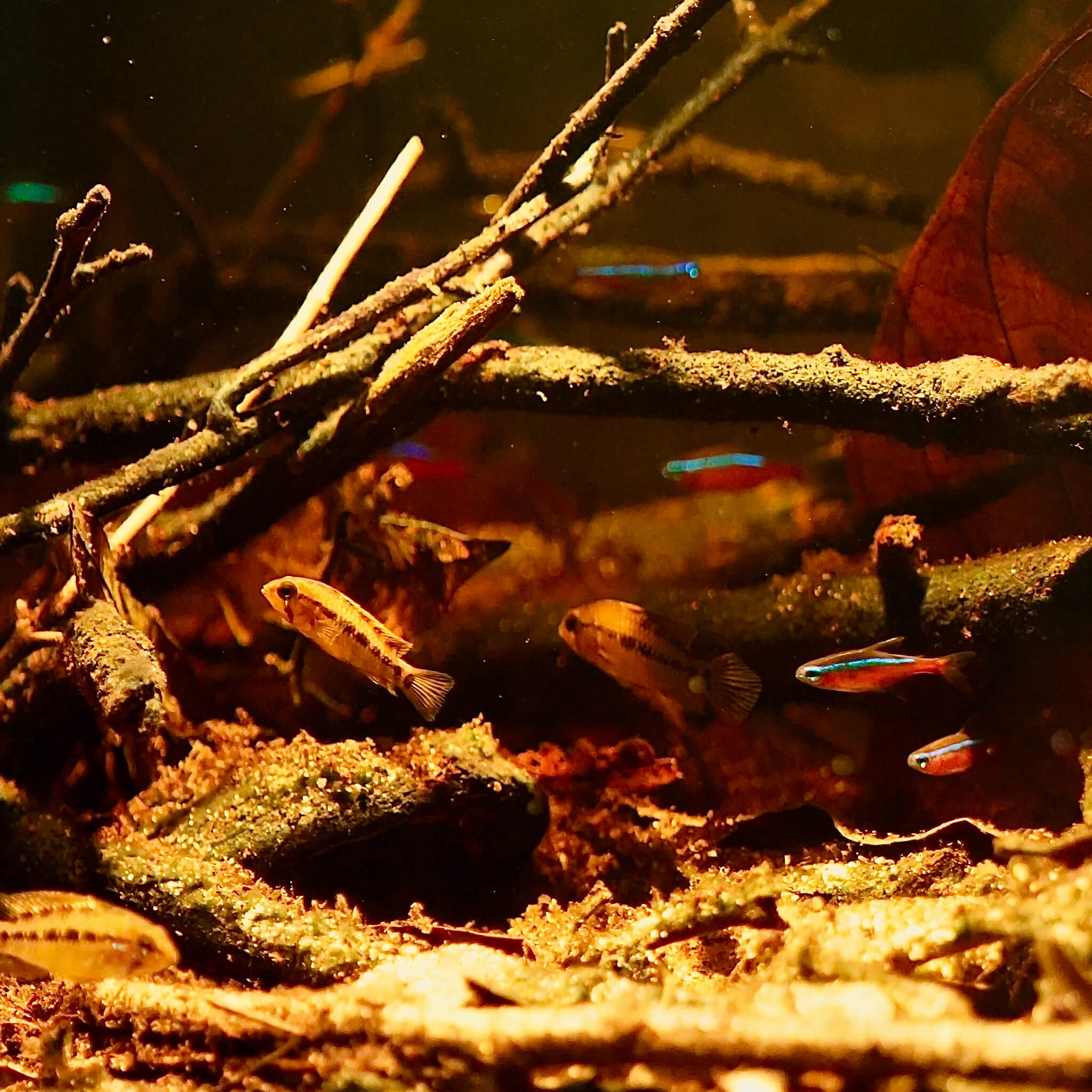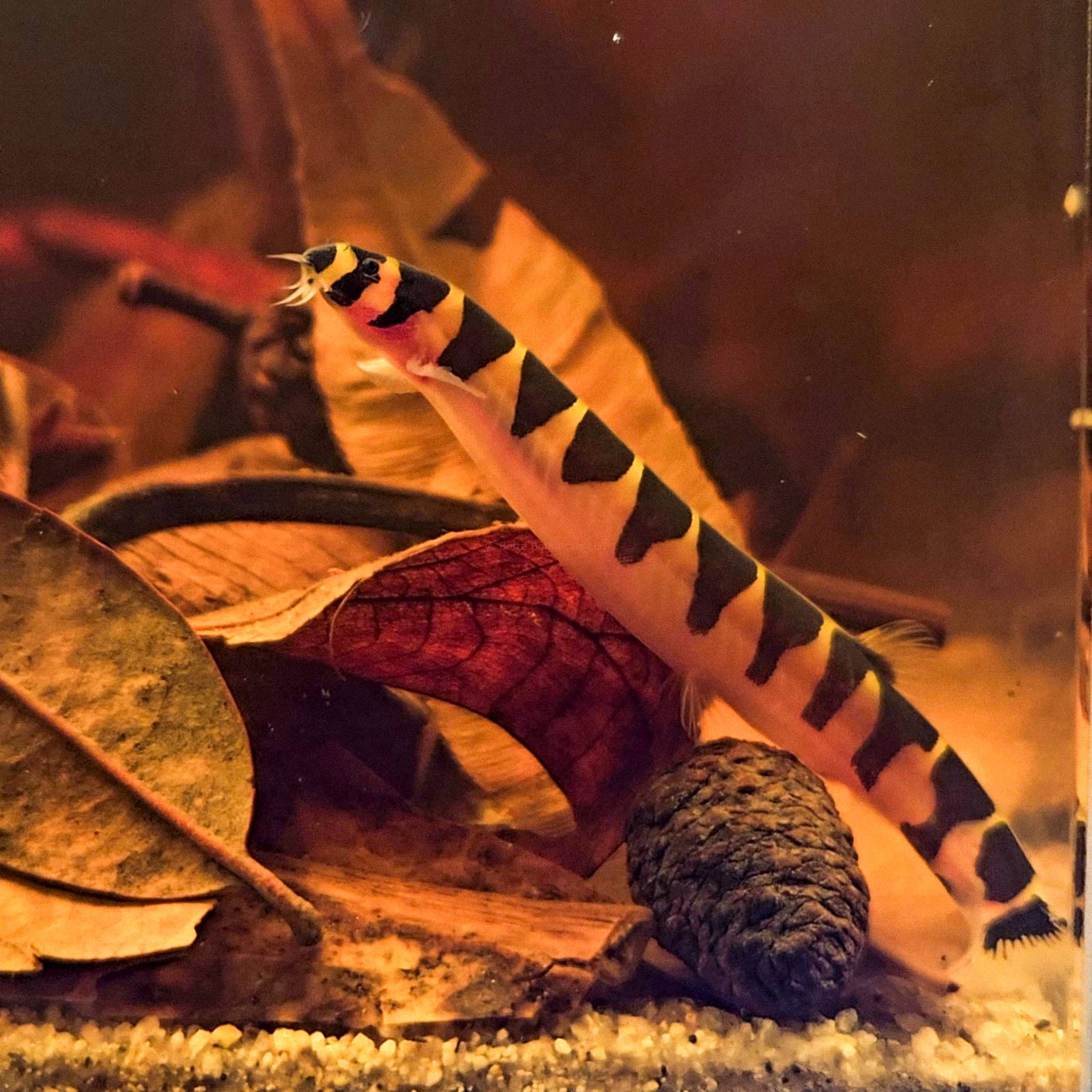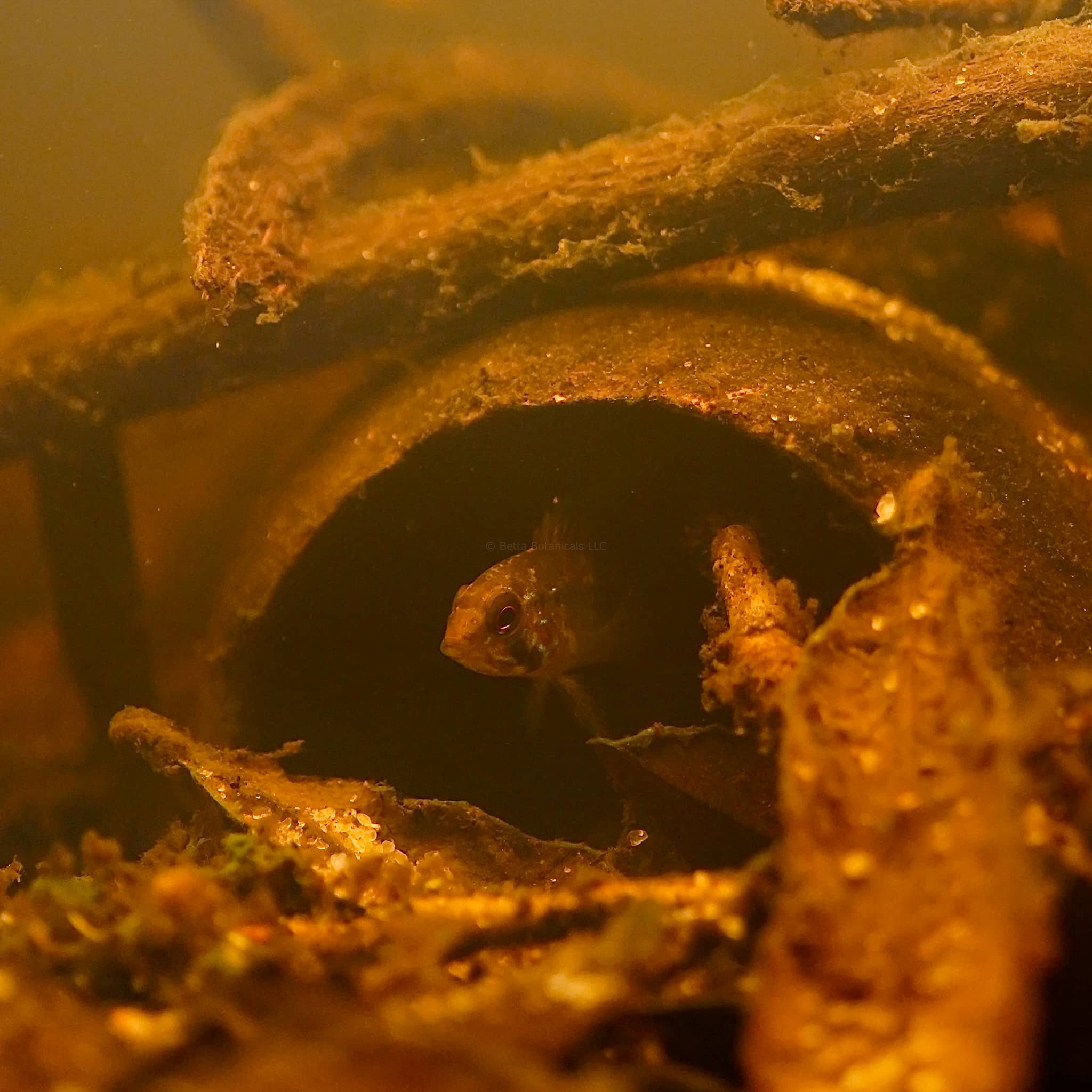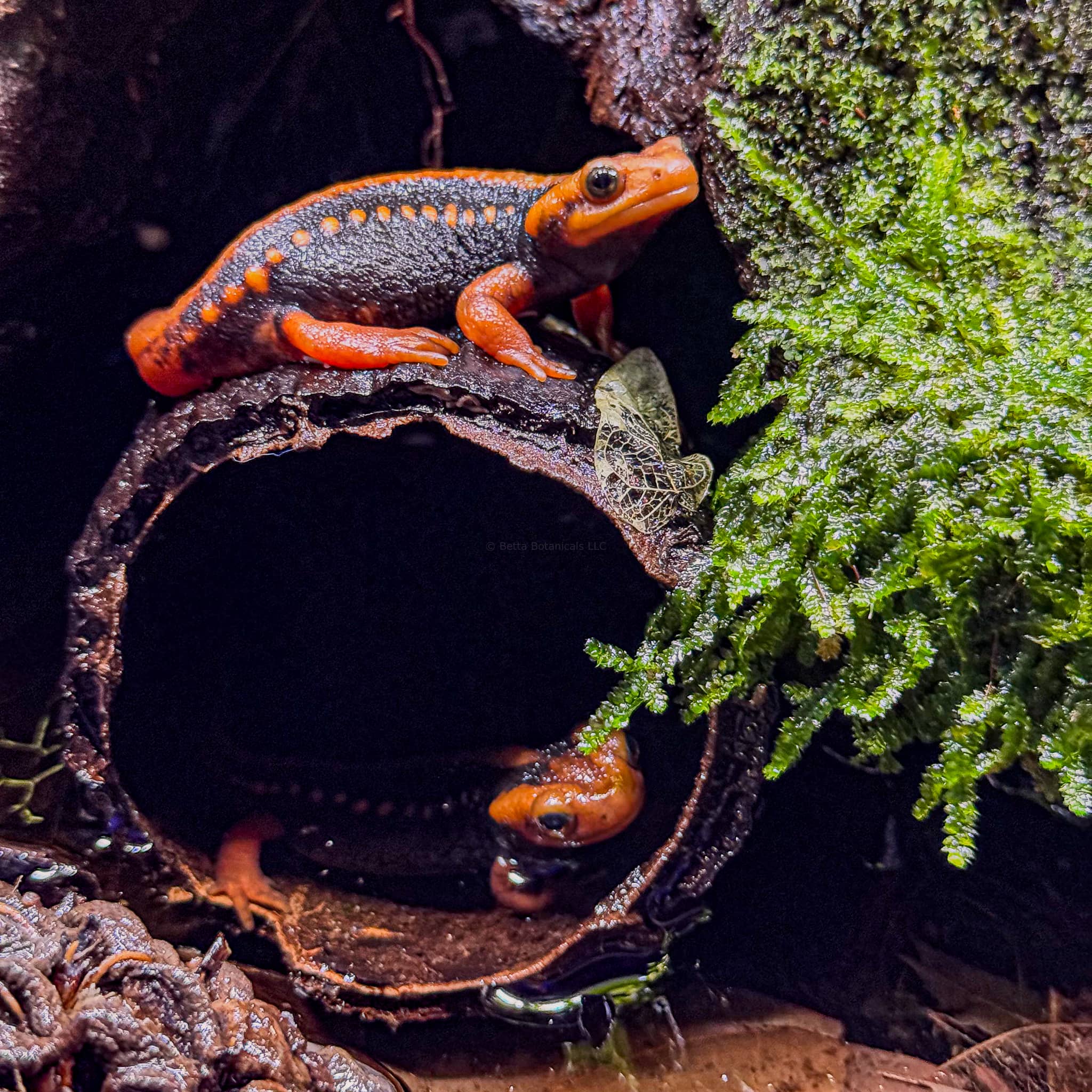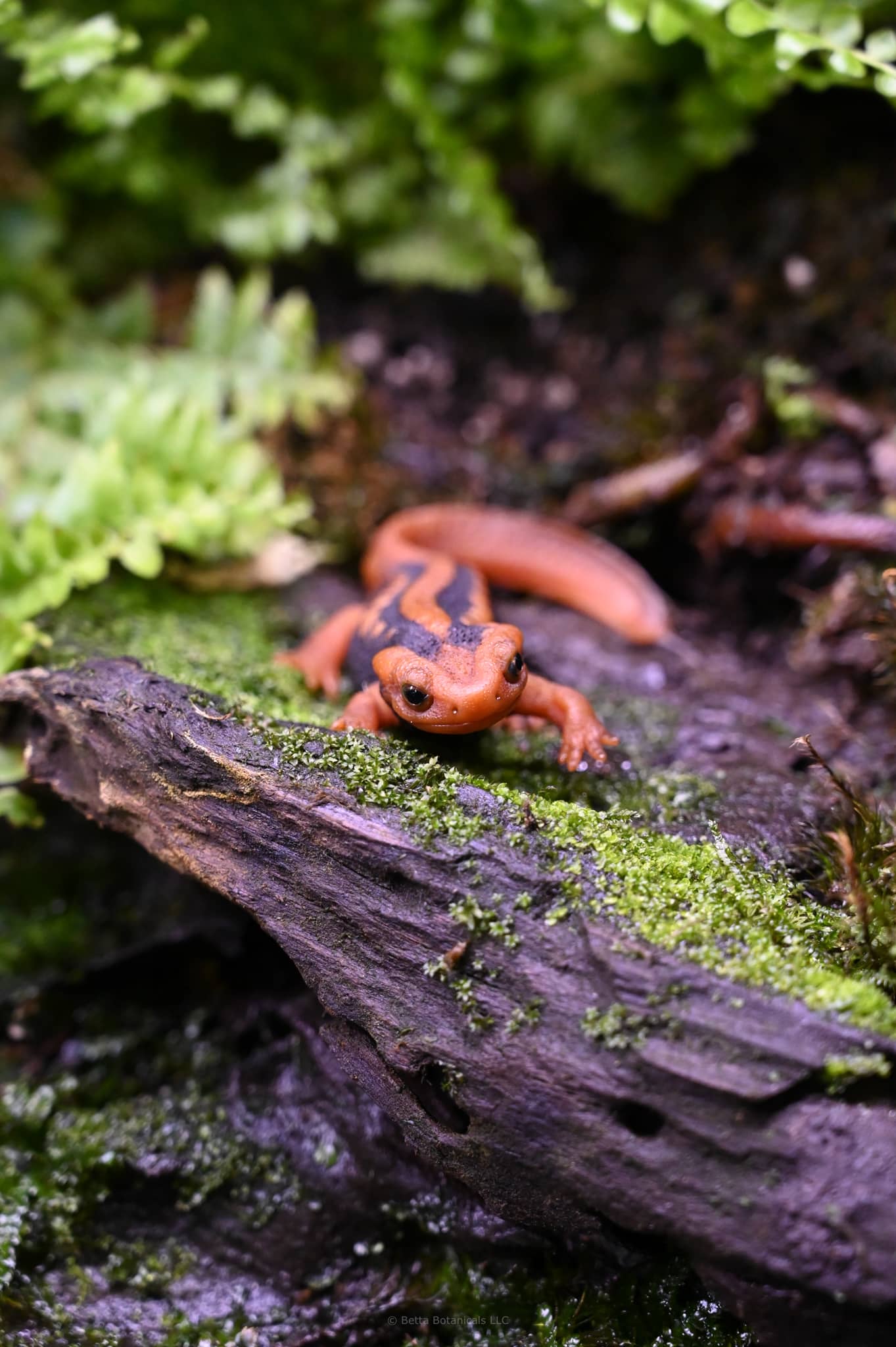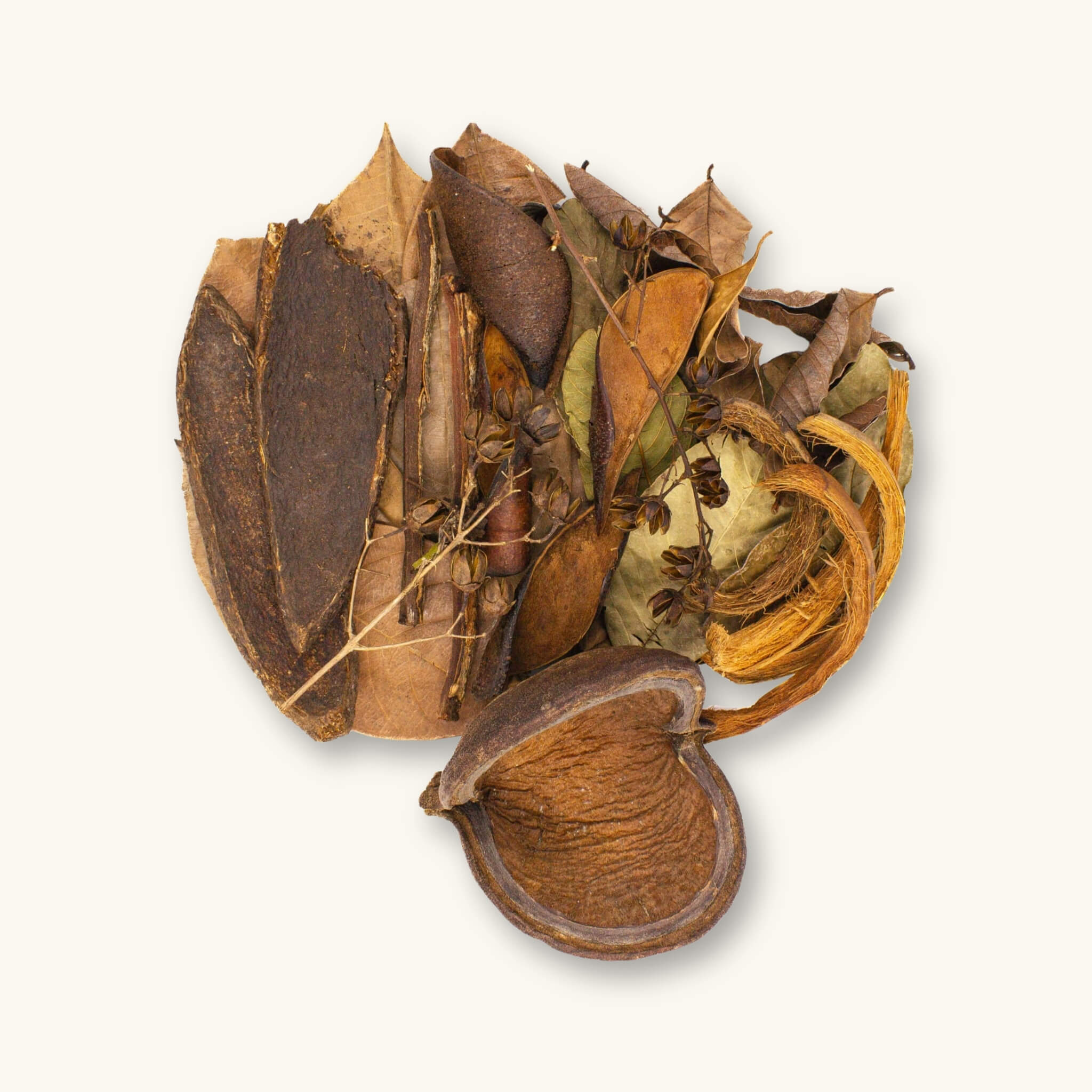
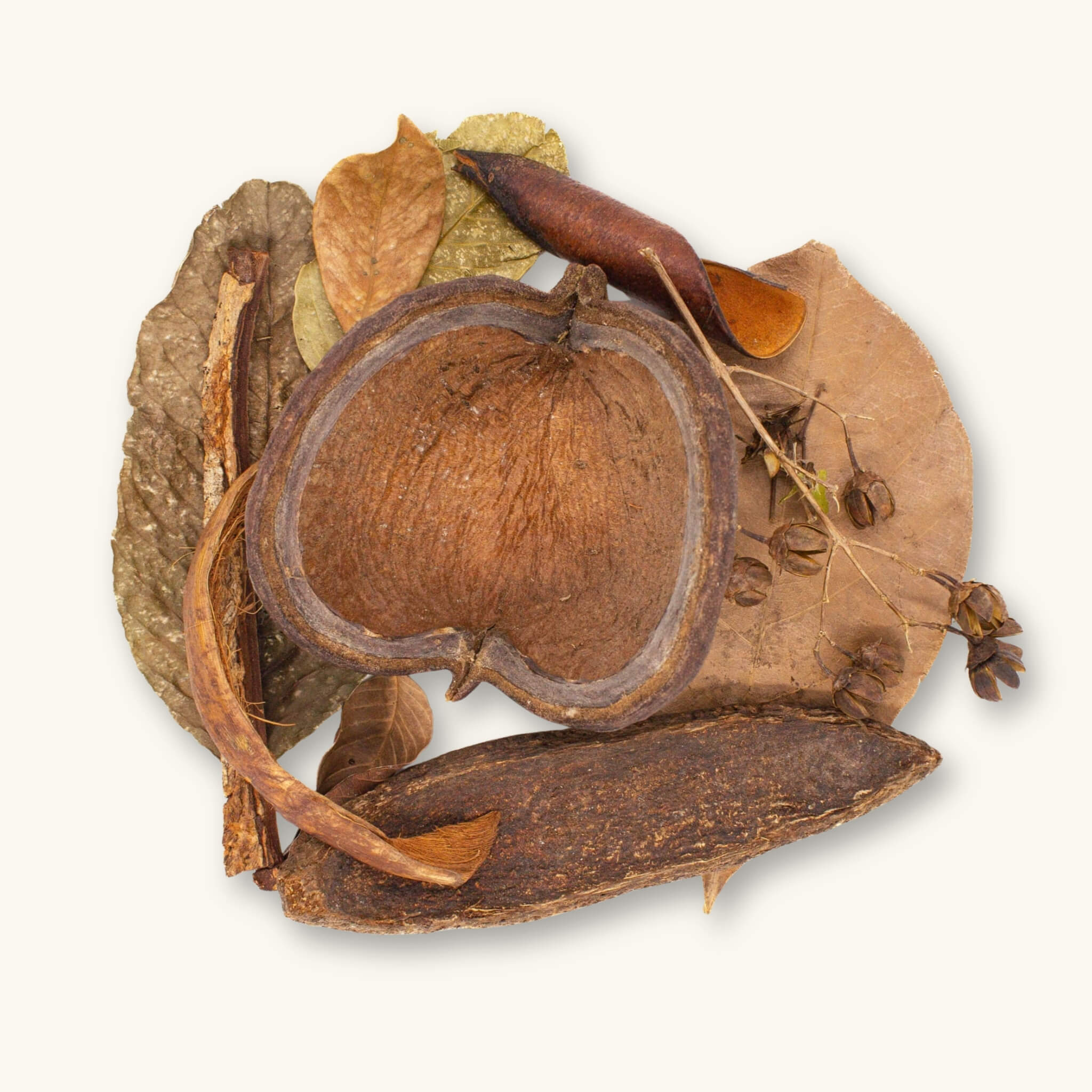
Betta Botanicals® Variety Pack
About This Pack:
The Betta Botanicals Variety Pack® was curated for aquarists ready to explore the next stage of the botanical method and blackwater aquarium hobby. Using materials more exotic than our beginner variety pack, this collection creates a distinctly tropical appearance and ecological function. It goes beyond the familiar catappa leaves and alder cones—inside, you’ll find a carefully chosen mix of leaves, seed pods, bark, and other natural botanicals that promote the ecological processes defining the botanical method: tannin release, microbial growth, and the formation of natural habitat structure. Each botanical releases slightly different beneficial compounds that help condition the water, support beneficial bacteria, and foster a dynamic, nature-inspired ecosystem.
Essential Details
- Tannin Level: Moderate to high
- Tint Color: Ranges from soft amber to deep reddish-brown (influenced by Sappan pods)
- Durability: Mixed – includes both short-term leaves and long-lasting pods for sustained structure
- Habitat Location: Inspired by tropical streambeds of Southeast Asia and South America
- Optimal For: Bettas, tetras, gouramis, rasboras, shrimp, and other blackwater fish
- Use with Caution: Lagerstroemia pods may pose a choking hazard to goldfish or axolotls
- Size Range: Small to medium leaves, husks, bark, and seed pods
- Quantities: 1 Sterculia Pod, 2 Mahogany Pods, 4 Sappan Wood Pods, 4 Coconut Curls, 2 Catappa Bark Sticks, a small handful of Lagerstroemia Pods, 8 Guava Leaves, 4 Pygmy Guava Leaves, and 8 Jackfruit Leaves. Each pack is unique—variation in size, color, and shape is expected.
Betta Botanicals Variety Pack® for Aquariums & Vivariums
The Betta Botanicals Variety Pack® is a complete introduction to the principles and ecology of botanical method aquariums. As the botanicals begin to soften, they release tannins—natural compounds that gently condition the water and enrich it with humic substances, creating the tea-colored tint typical of blackwater habitats. These tannins help replicate the soft, acidic environments where bettas and other blackwater fish evolved to thrive.
The compounds released from these botanicals into the water column help recreate the natural chemical composition our fish prefer. In addition, these botanicals create dynamic habitats and fuel the ecosystem's microbial food web. Durable pods such as Sterculia and Mahogany provide shelter and refuge sites, while leaves like Guava and Jackfruit form the detrital base where biofilm and fungi flourish. Over time, these microorganisms form the foundation of a healthy aquatic ecosystem, serving as supplemental food for shrimp and fry while supporting biological stability.
This pack also highlights the diversity of botanical behavior—some materials, like Sappan Pods, release vibrant red pigments, while others, like Catappa Bark, offer slow, steady conditioning. Each botanical contributes to the ongoing cycle of decay and renewal, allowing your aquarium to evolve naturally.
Beneath the Leaves: Nature’s Streambed
In the backwaters of Southeast Asia and South America, fallen leaves, pods, and wood collect along stream banks and, during the rainy season, become submerged—releasing tannins and humic substances into the water. Bettas, rasboras, and gouramis weave between these leaf piles and seed pods, grazing on biofilms and microorganisms that thrive among the debris. The Betta Botanicals Variety Pack® helps you recreate this same cycle of accumulation and renewal, allowing aquarists to mirror nature’s seasonal patterns within their aquariums. By embracing this process, you allow Mother Nature to take the lead in shaping a more natural aquarium for your fishes.
Sustainability Note:
This product’s packaging is home compostable. Just like the botanicals inside, it will break down naturally and return to the soil, because what supports your ecosystem should minimally impact our planet.
Not for human consumption. Preparation required.
This is a natural product—variation in color, shape, and texture is expected.
Home is getting more natural
While the aesthetic appeal of botanicals and tinted water can be quite attractive to us, the recreation of nature to emulate water conditions, feeding patterns, spawning displays, and territory building are the true benefits botanicals provide to our critters.
Botanical FAQs
Compostable Packaging Promise
Our packaging is designed to return safely to the Earth, just like the botanicals inside. Every bag is BPA- and Phthalate-free, GMO-free, and contains no animal products. Each meets ASTM D6400 composting standards, ensuring it can fully break down in a home compost bin.
What are the Fluffy White Growths on my Botanicals?
That’s biofilm and fungi—what we call the “goo phase.” It’s one of the clearest signs that your aquarium is alive and functioning. These growths wax and wane naturally as botanicals decompose. They’re harmless, even beneficial, and will disappear on their own once microbial populations stabilize.
Will botanicals lower the pH of my water?
That depends entirely on your source water. In very soft or RODI water, botanicals can gradually lower pH as tannins and humic substances accumulate. In medium to hard tap water, buffering capacity often resists these shifts, and you may not notice much change. At Betta Botanicals HQ, our very hard water (350+ ppm) shows almost no pH change unless we use botanicals like Alder Cones or Macaranga Leaves.
When should I replace leaves or pods in my tank?
We recommend allowing botanicals to fully break down into detritus, since this fuels microbial life and enriches the substrate. You can remove them once they stop tinting the water, but you’ll lose some of their ecological benefits. Each time you add new botanicals, follow proper preparation and observe your livestock until you learn your aquarium’s rhythm.
Are your products just for bettas?
Nope. Our botanicals are safe for almost all aquariums, terrariums, vivariums, and paludariums. The only exceptions are goldfish and axolotls, which may ingest small pods like alder cones or casuarina cones. For those species, we recommend large leaves such as Indian Almond, Loquat, or Jackfruit.
What are Tannins?
Tannins are natural compounds released by leaves, seed pods, and bark as they decompose in water. They soften water, gently lower pH, and create the characteristic tea-stained tint found in blackwater habitats. But their role goes far beyond color—tannins fuel beneficial bacteria, fungi, and biofilms, which form the foundation of a healthy ecosystem. They also offer mild antifungal benefits and help reduce stress in fish by replicating the natural conditions they’ve evolved in. At their core, tannins are plant-derived antioxidants that connect your aquarium to the same processes at work in wild flooded forests and streams.
